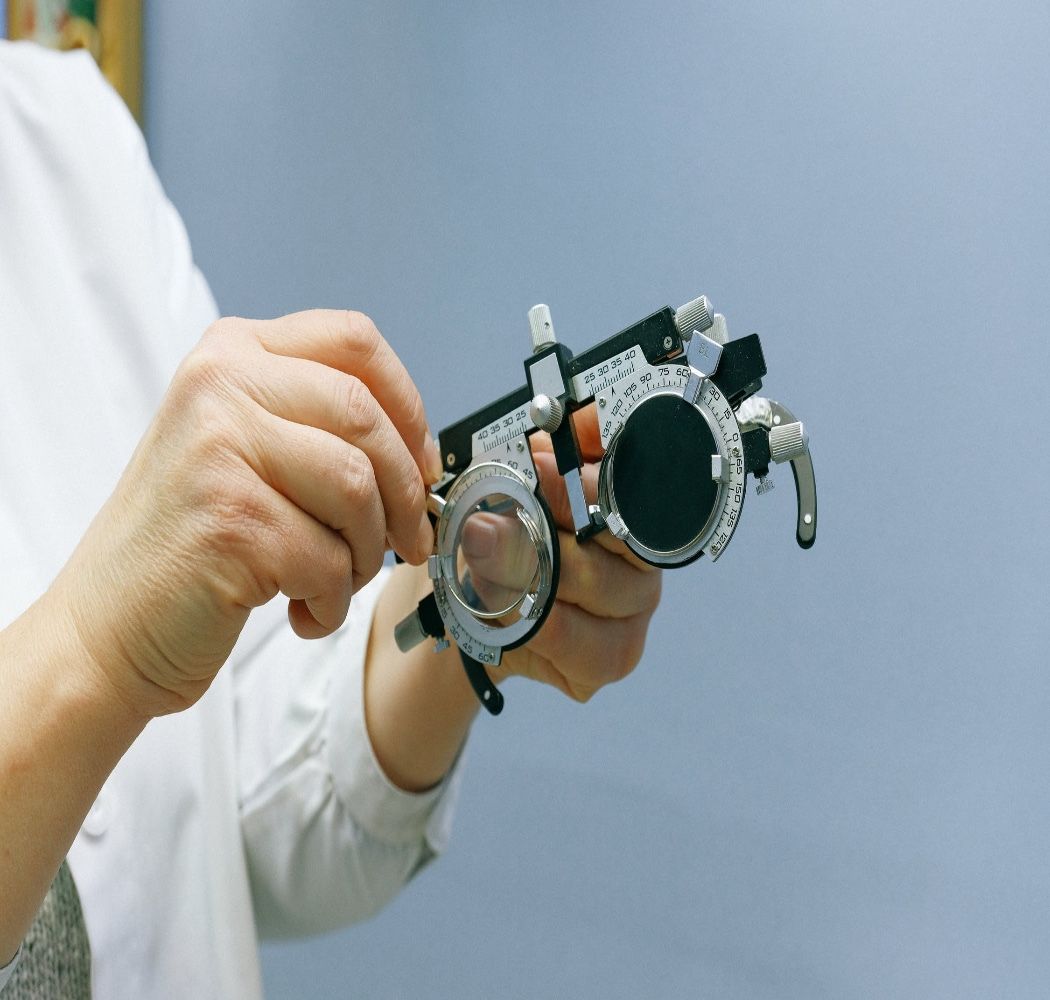Inequities Continue to Exist in Ophthalmology Care
Individuals living in lower-income situations were also more likely to have vision impairment, use eye care services less, and have lower adherence to eye examinations.

A closer look at the inequities in ophthalmology show there remains major gaps and hurdles among minorities that lead to major societal costs and worse ophthalmologic outcomes.
A team, led by Christian Hemmerich, BS, Oklahoma State University, performed a scoping review of existing studies on health care inequities in the field of ophthalmology.
“Deficient ophthalmologic care is costly to patients, making the identification of groups not receiving adequate care of vital importance,” the authors wrote. “The current landscape of equity in ophthalmic care has yet to be thoroughly investigated and is important to ensure inclusivity and patient-centered care.”
Still a Long Way to Go
While there is increased attention paid to improving health care equity in recent years, inequities still exist and are pervasive throughout the US. This is also true in ophthalmology, which is important because visual impairment has an annual cost of more than $5.4 billion in the US.
In the comprehensive database review, the investigators identified articles from 2016-2021 on ophthalmic studies focusing on health inequities.
The search was modeled by the National Institutes of Health list of designated US health inequity populations, including income, education level, occupational status, rural and underresourced area, sex and gender, lesbian, gay, bisexual, transgender, and queer (LGBTQ) identity, and race and ethnicity. They found 8170 total abstracts, 75 of which were included in the final analysis.
The studies included systematic reviews, meta-analyses, clinical trials, case-control studies , cohort studies, cross-sectional analyses, retrospective database reviews, scoping reviews, and literature reviews.
Inequities in Certain Communities
The results show inequities among Black and Hispanic patients are linked to negative ophthalmic outcomes and mixed associations regarding sex or gender. Individuals living in lower-income situations were also more likely to have vision impairment, use eye care services less, and have lower adherence to eye examinations.
However, there is a gap in knowledge for the LGBTQ community as there has been no articles within the sampler examining inequalities within this communication among ophthalmology patients since the 2016 National Institutes of Health classification of sexual and gender minority populations.
“Substantial research gaps were observed within the ophthalmic literature pertaining to the LGBTQ community, race and ethnicity, and rural and under sourced areas,” the authors wrote.
“This scoping review found substantial findings associated with the LGBTQ community, race and ethnicity, and the role of telemedicine in rural and underresourced areas,” the authors wrote. “Because of the importance of ophthalmic care in overall patient health, it is vital to understand the various inequities present and strive to improve the current gaps in the literature.”
The investigators said future studies should look at barriers in clinical studies and medical trainee recruitment, as well as patient values and preference studies. They also suggest investigating the implementation of telemedicine in underresourced areas.
The study, “Inequities and Research Gaps in Ophthalmology,” was published online in JAMA Ophthalmology.